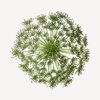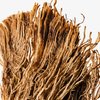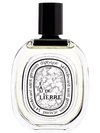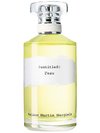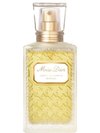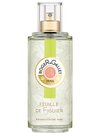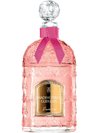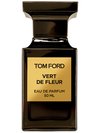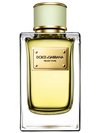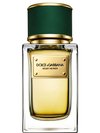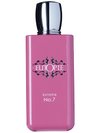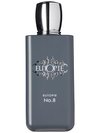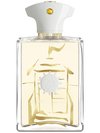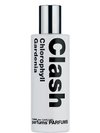Galbanum
Very green and rough scent, vegetal and fresh leaf, ivy, conifer, with a hint of vegetables or green peas.
A deeply green scent that symbolizes the freedom, nature and renewal of the swinging 60s and 70s, galbanum is a much-loved note known for its rough, herbaceous and chypre-like facets. Pairing particularly well with hyacinth and gardenia, galbanum is a favorite alongside vibrant floral notes as it adds an earthy, slightly bitter edge. The note is also a renowned fixative—tying notes down, blending them together and ensuring that they linger for longer.
Data sheet
- Type
- Extraction Method
- Used parts
- Natural raw material
- Steam distillation or solvent extraction
- Gum-resin
